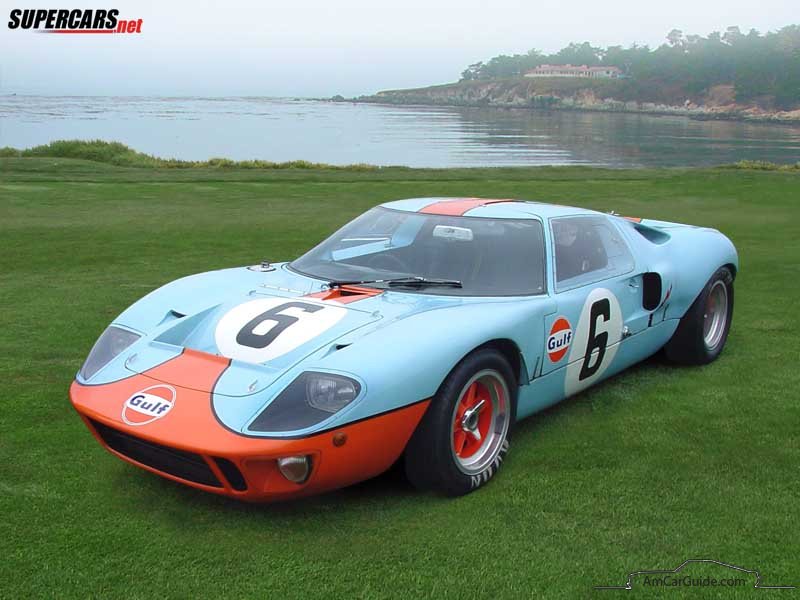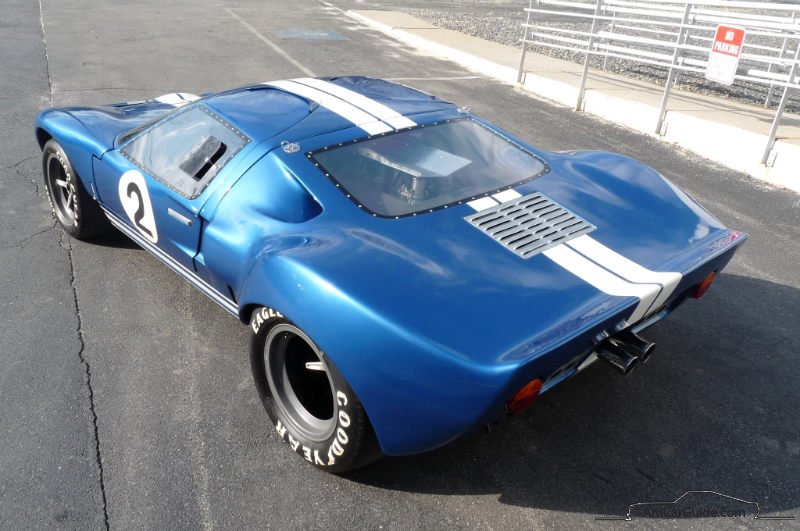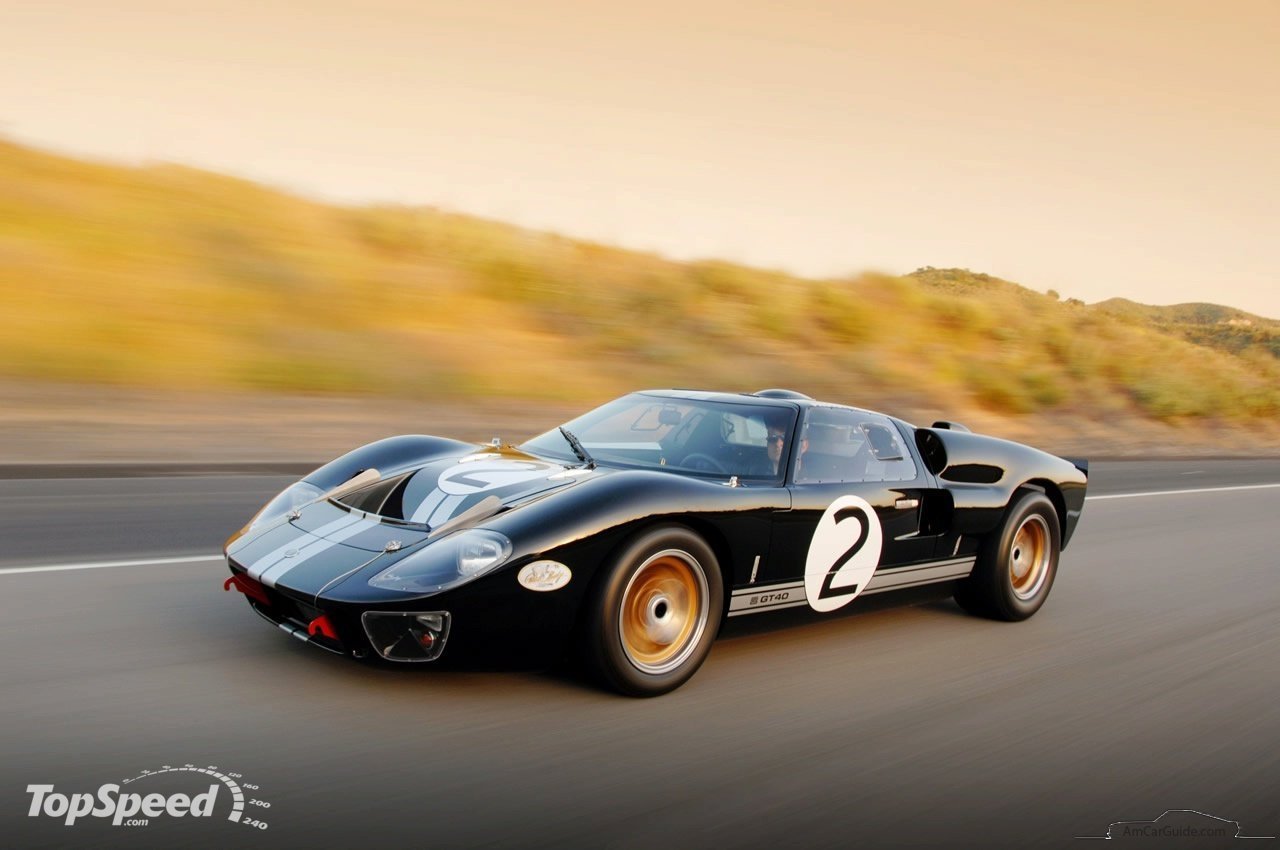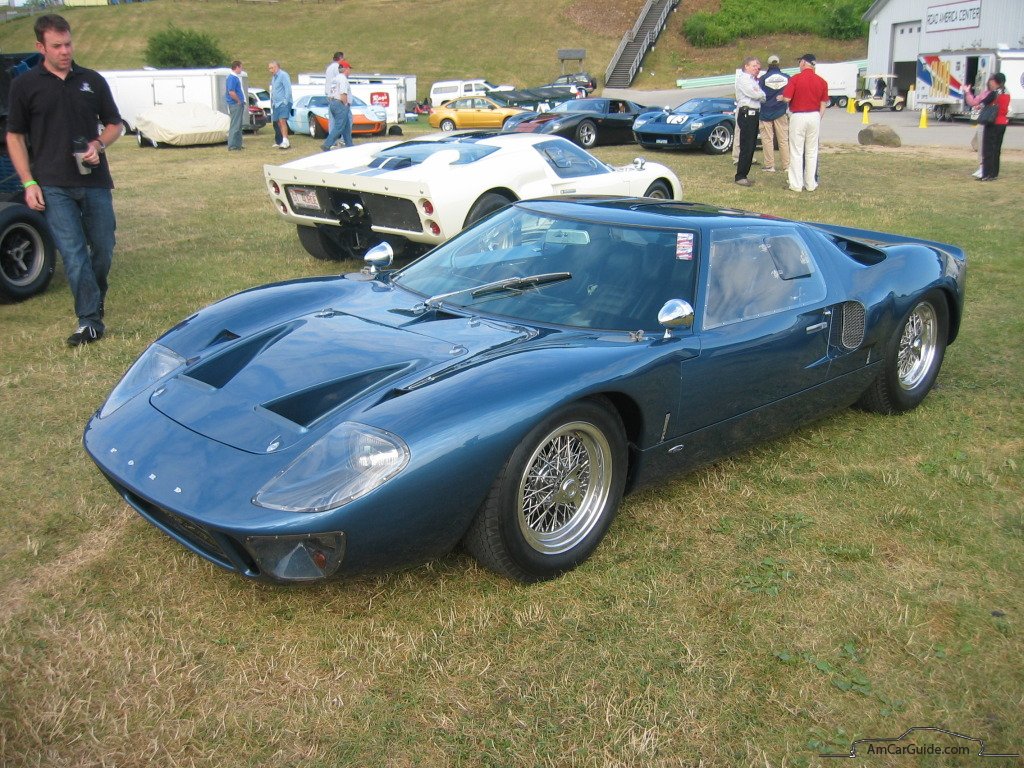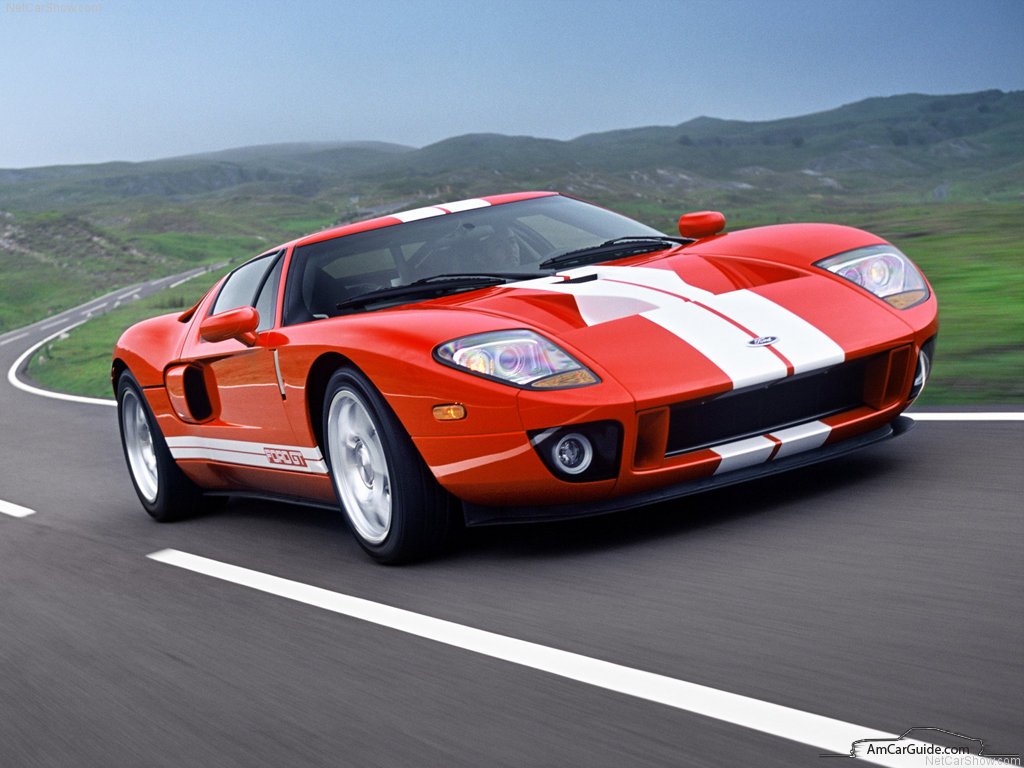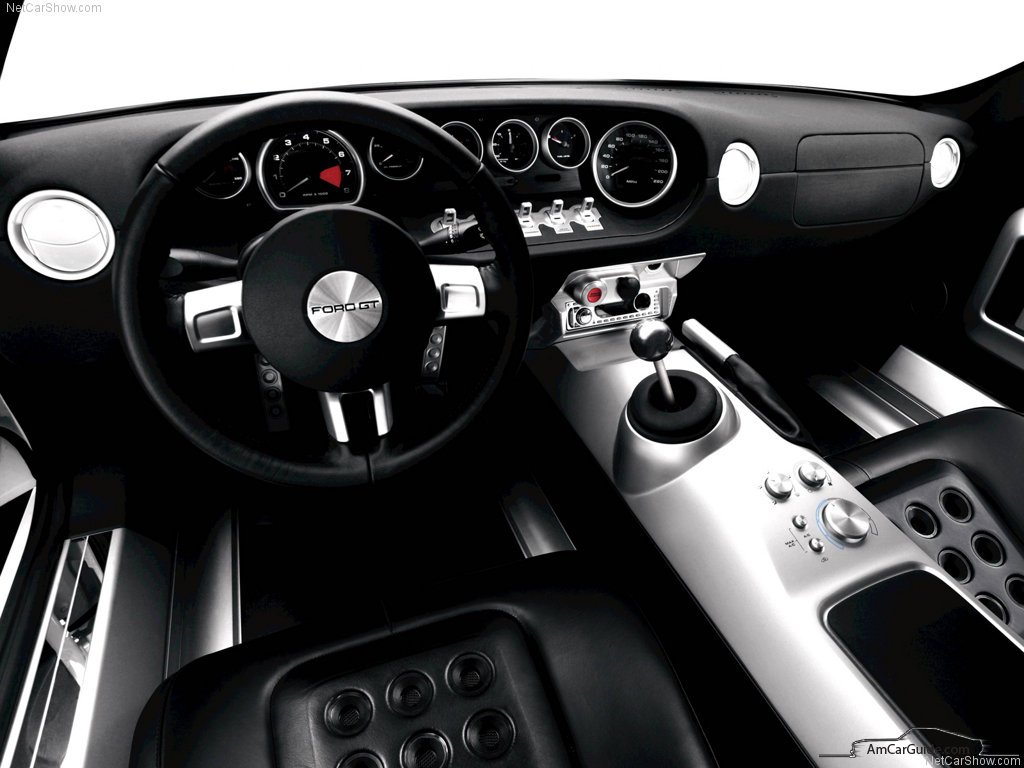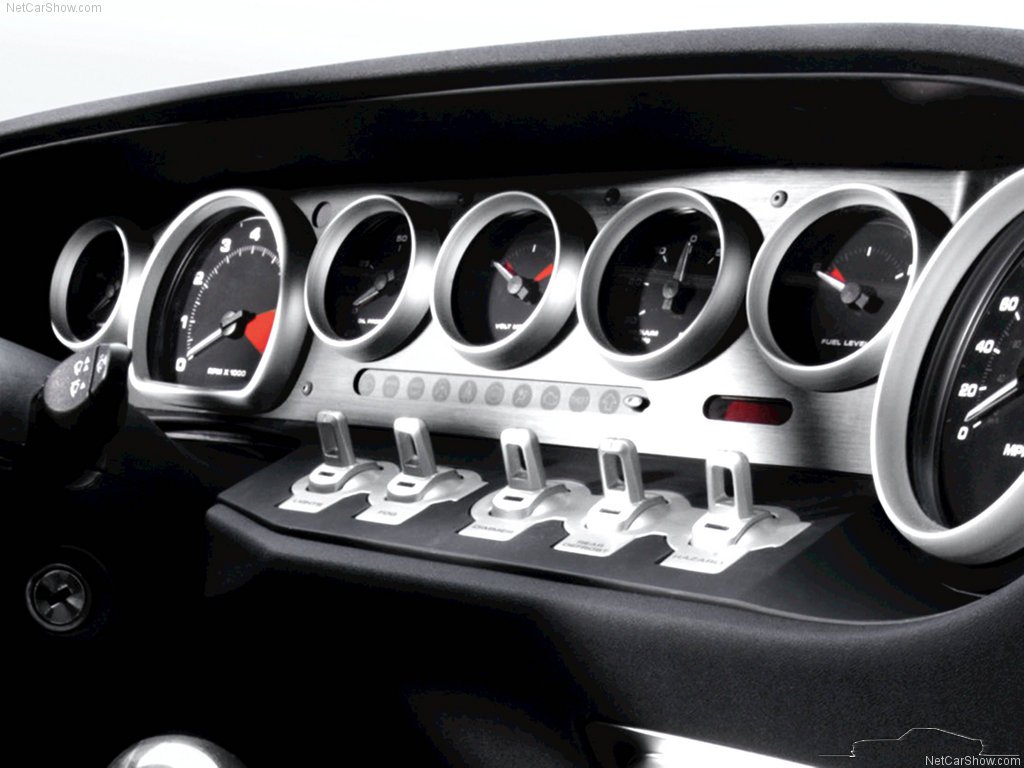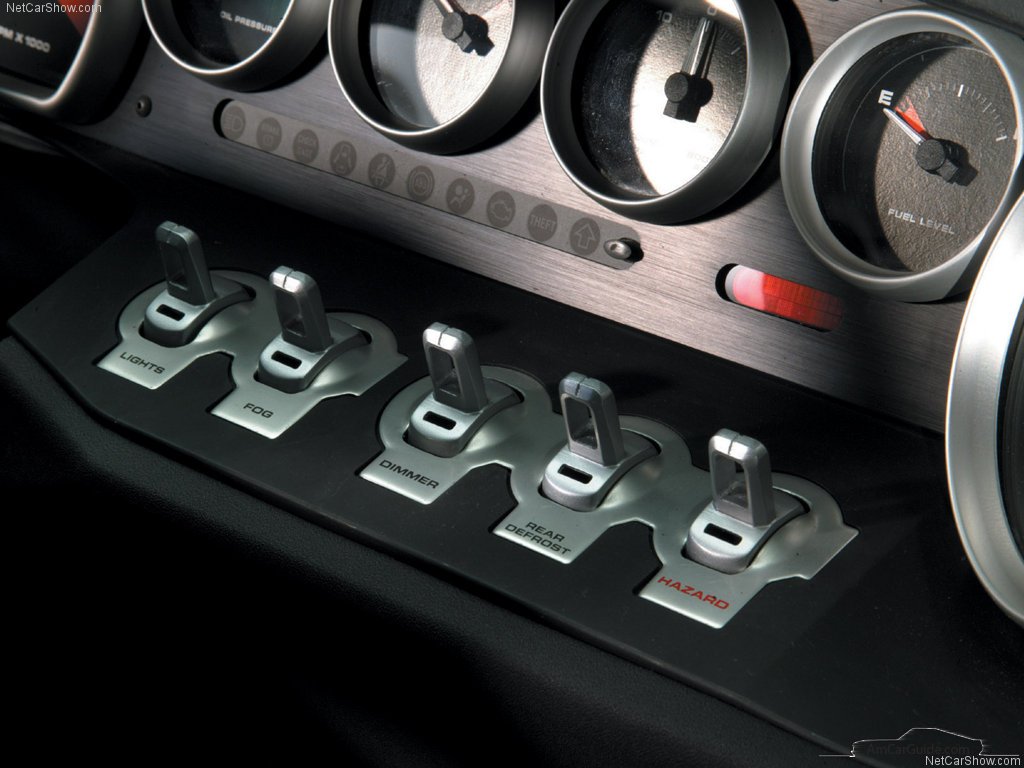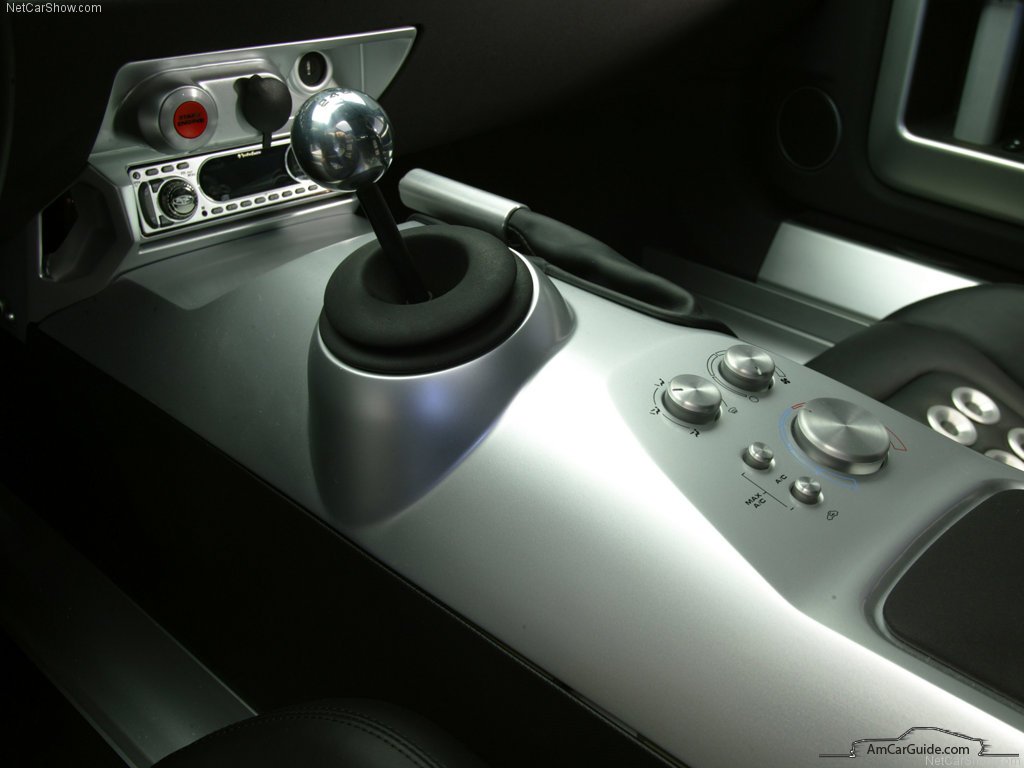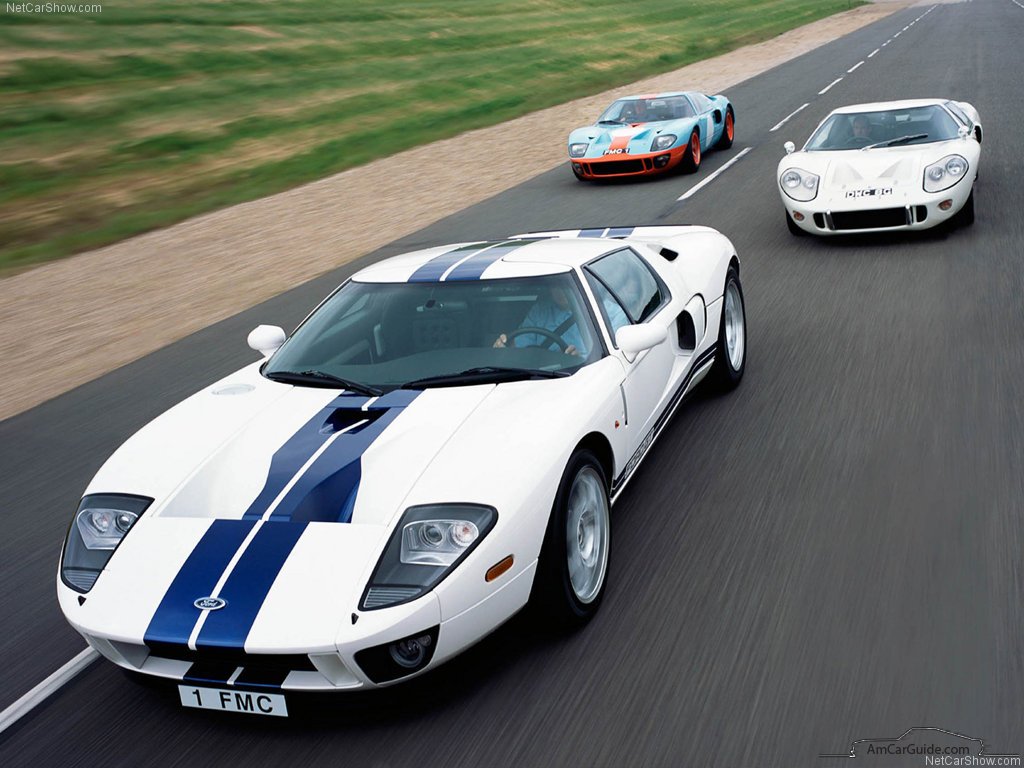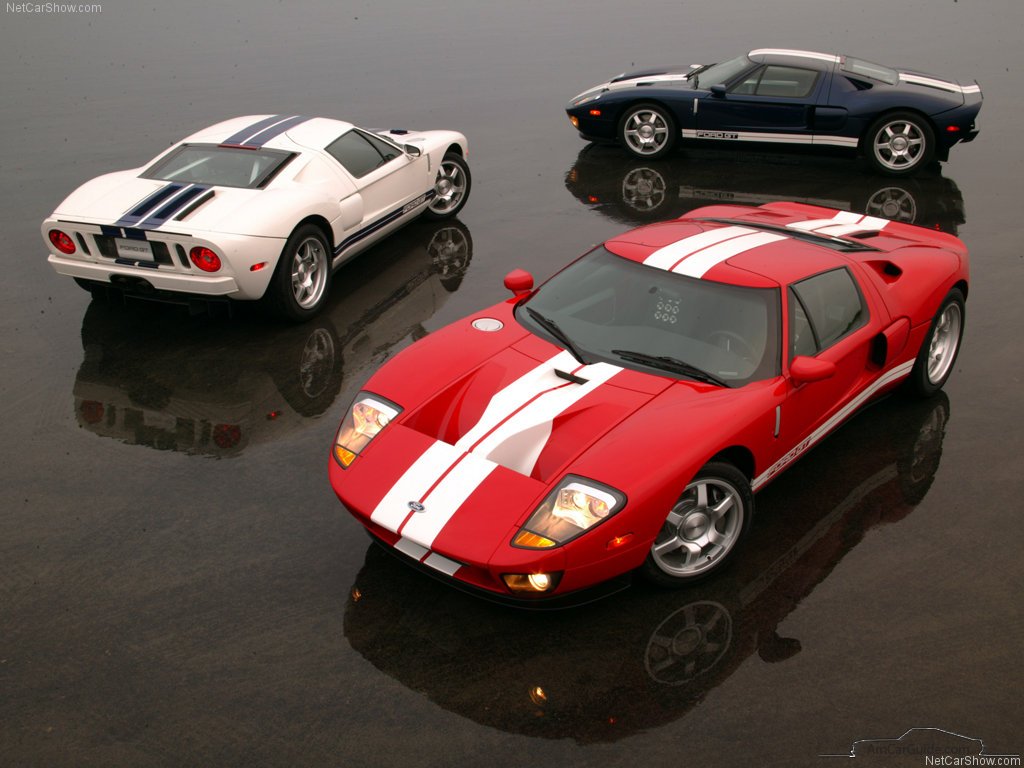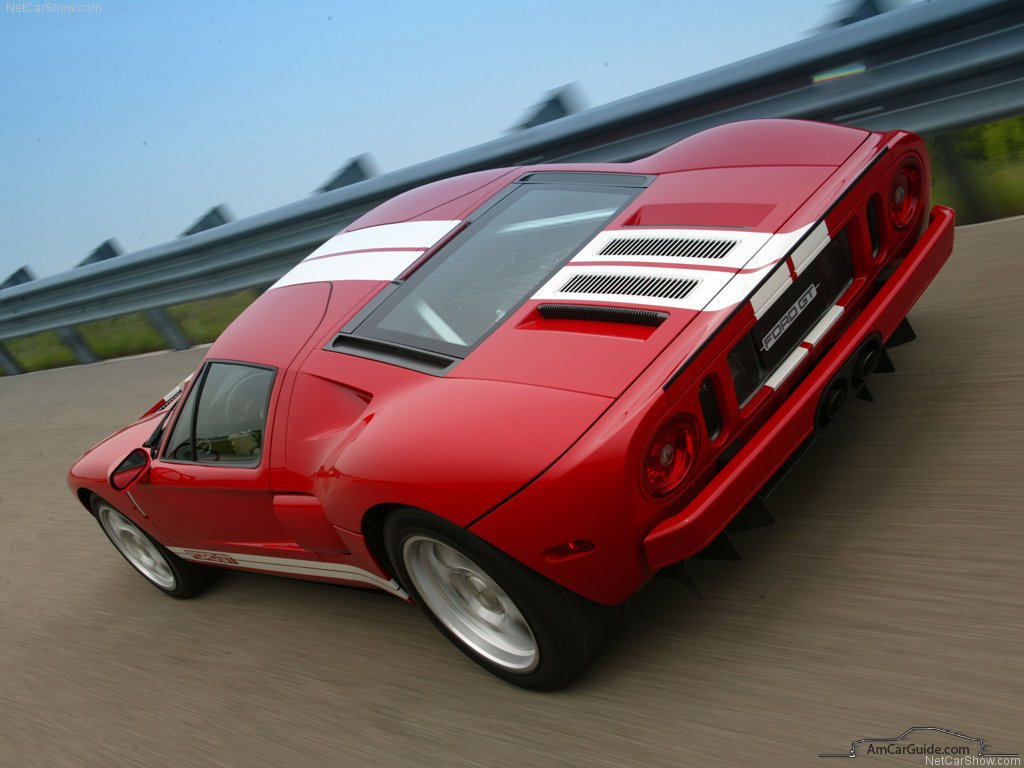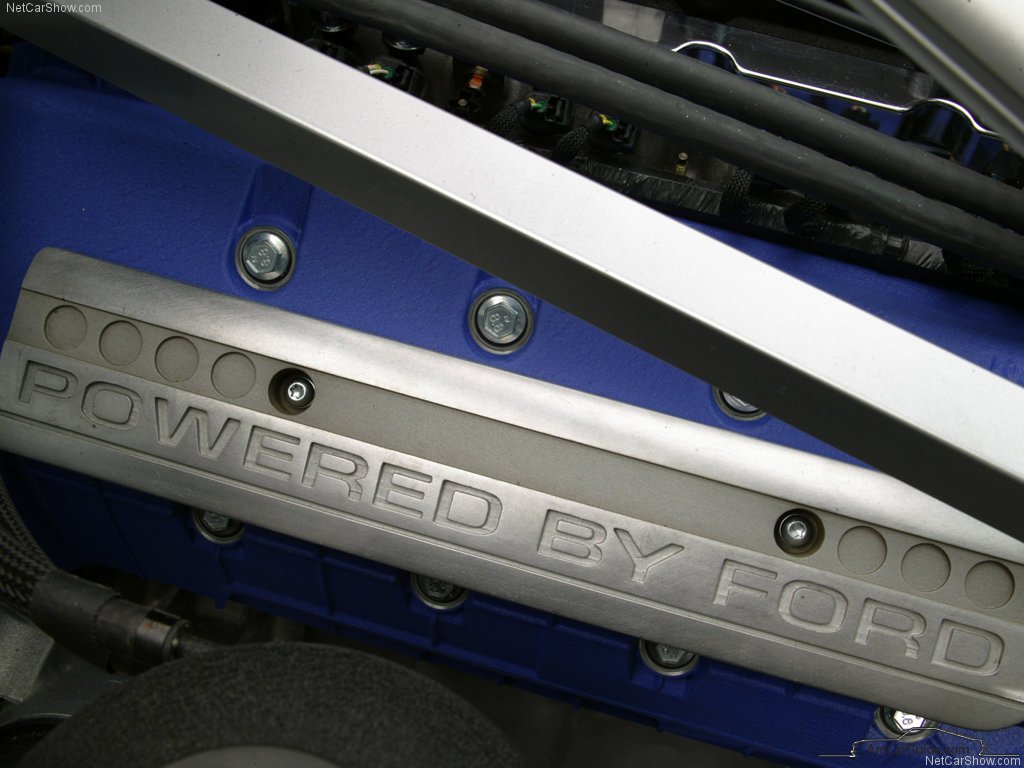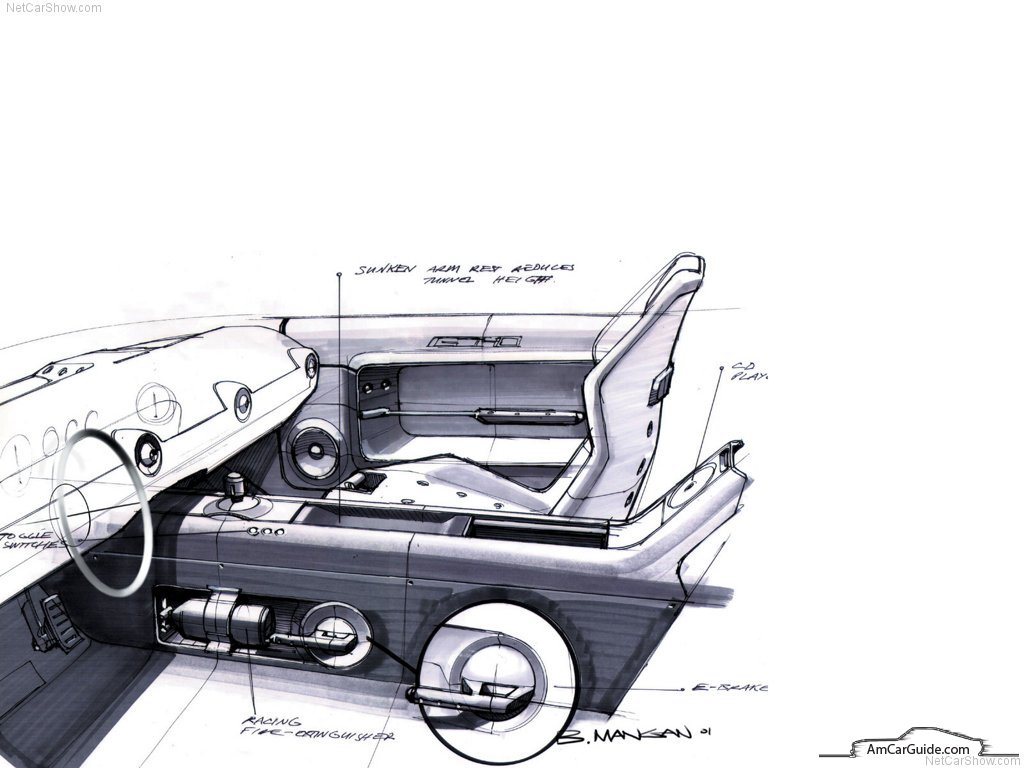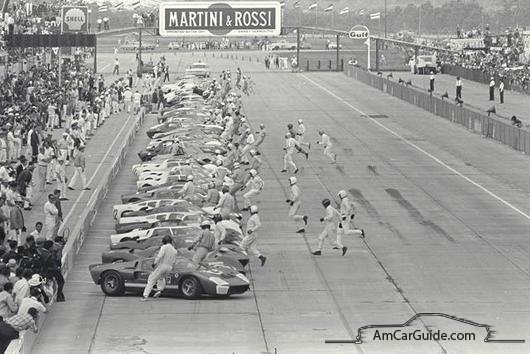The Ford GT was all about competing Ferrari. At first, the aim was to win some races against Ferrari, but in the end Ford wanted all-american win in races [this means that all first 3 paces must be won by American Ford with American drivers]. The trip to victory began by Ford’s try to buy Ferrari for 18 milion dollars, but negotiations failed. So, Ford went on building a better car than Ferrari. This is where GT-40 MK1 showed up – it was originally built in UK by ex-Aston-Martin team manager John Wyer and Eric Broadley from Lola Cars.
GT – stood for grand touring, 40 – ment the height of the car [40 inches]. The first GT got Ford Fairlane’s engine – 4.2 liter V8 with 350 HP – this sports car was mid-engined. After some fails in debut at Nurburgring and Le Mans, Ford hired Carroll Shelby which had his famous Cobra already being manufactured. Shelby started by simply putting his own 427 cubic engine from Cobra and soon had his first victory at 24-hour Le Mans race plus track record. After this victory Ford started working on MK2 GT – these got some wins too. In 1966 Ford tested heir GT40 “J” cars, but they were experimental and unsuccessful. Anyway, 1966 was the year for MK3 to come. MK3 was a street version of GT40 race cars and managed to reach 0-60 MPH in 5.3 seconds.
Historical date for Gt40 could be the 1966 June, when Ford finally broke Ferrari’s 6th attempt in a row to achieve victory in Le Mans. Ford got their first 3 places in that race – Henry Ford II got his dream come true. The next year GT40 got more aerodynamics. At the Daytona 24-hour race Ford entered with 6 GT cars, but all failed to finnish because of transmission failure. That did not stopped Ford – in 1968 GT40 MK4 was introduced to the public. The exterior design was very noticeable, but engine and gearbox were the same. The MK4’s debut at 12-hour Sebring race was successful – race was won. After 1967 Le Mans race, when large engine were banned due to safety [high speed was too hard to control] and only 3 liter prototype engines or 5 liter production engines were allowed, Ford went back to heir old 5 liter engine development.
After two failures in 1968, Ford continued season pretty well – smaller races were won. At that year Le Mans Ford managed to win for the 3rd time straight so as in 1969 – the 4th victory in a row. 1069 was also the last year for GT40 production. It took 33 year for GT40 to come back in 2002 as a prototype. The next year’s model was without “40” figures – it went higher, bigger and seriously powerful – 500 HP [supercharged 5.4 liter V8]. In the fall of 2004, production of limited edition started [4038 units built].






